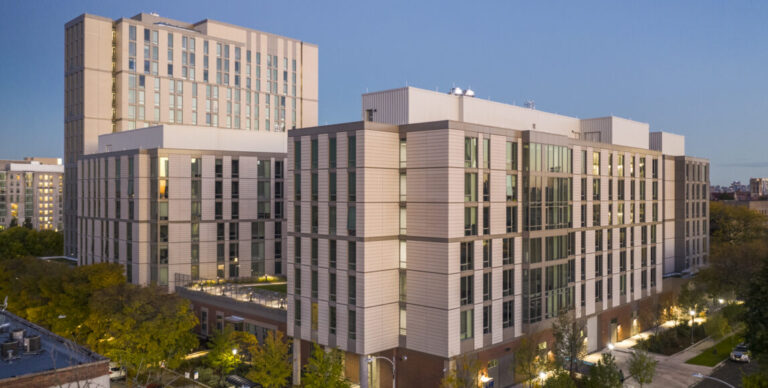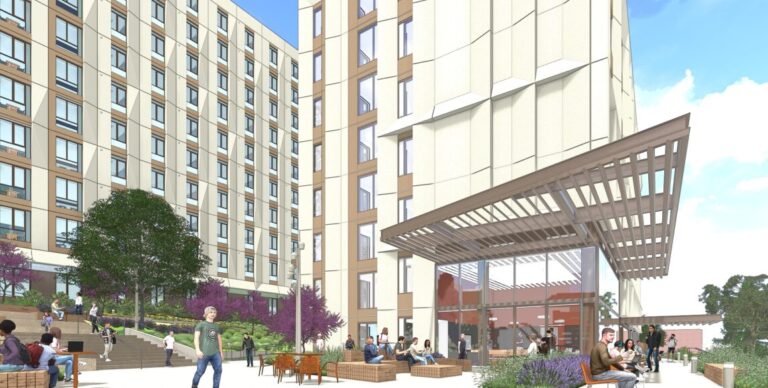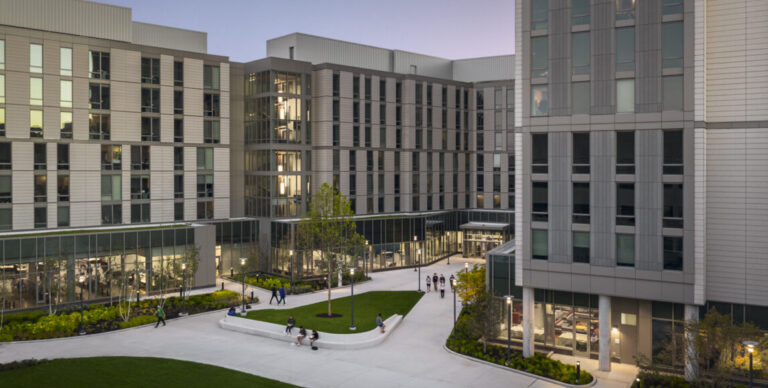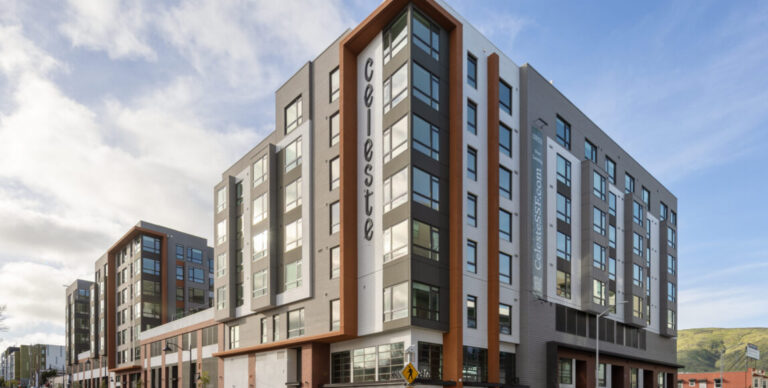3 Development Strategies to Tackle Los Angeles’ Housing Crisis
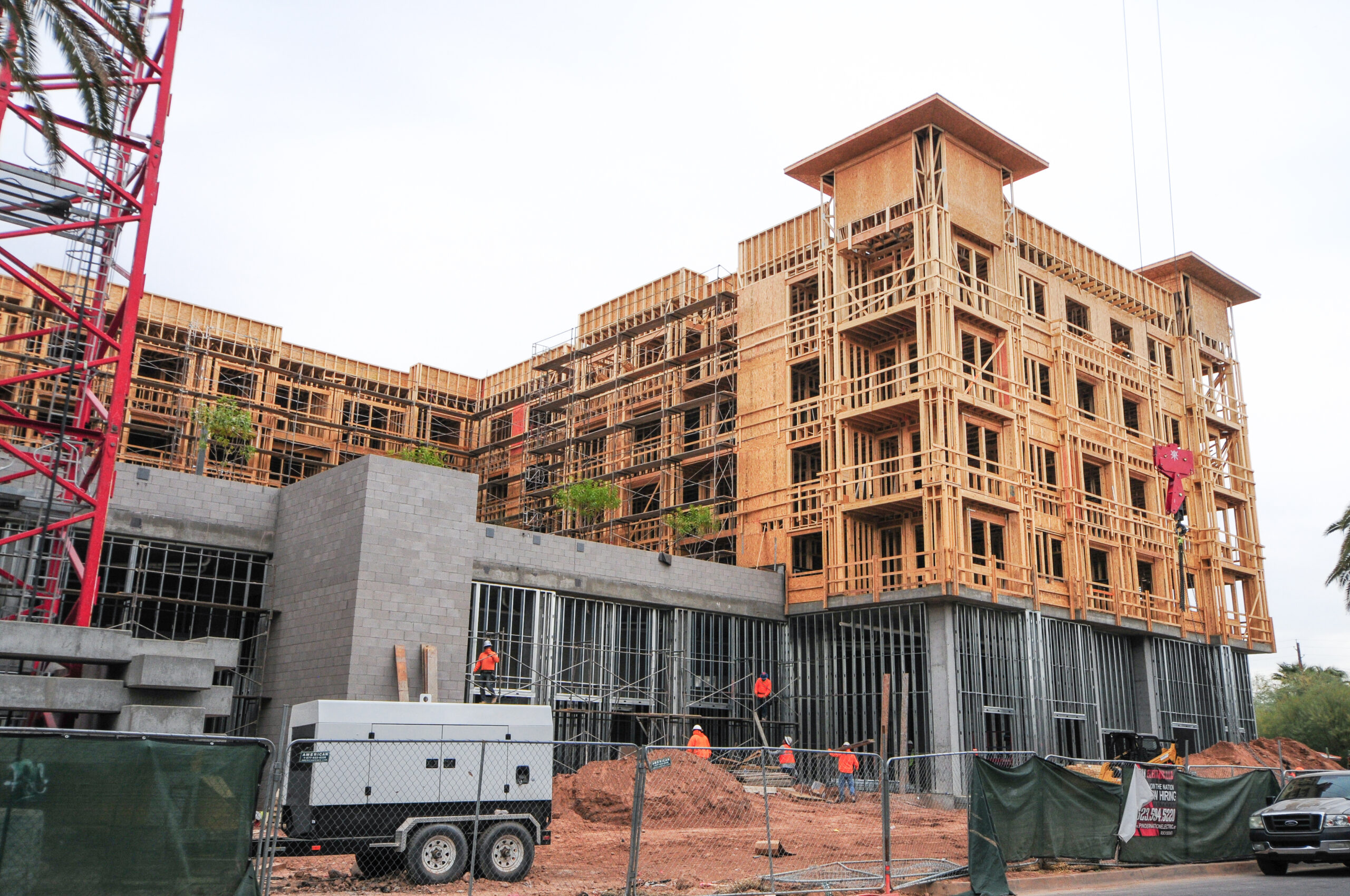
Los Angeles is suffering from a severe housing shortage, needing some 500,000 multifamily units to meet current demand. Last year, the Los Angeles City Council adopted a plan to accommodate the construction of 57,000 units annually through 2029 in an attempt to meet that goal.
But bringing nearly half a million units to market in less than a decade, even with the support of the local government, won’t be an easy task. Los Angeles has a dearth of land, restrictive building policies, time-consuming regulations and a rigorous entitlement process. That’s in addition to the ubiquitous problems inflicting the construction industry, like rising costs and a labor shortage. Nonetheless, Los Angeles needs housing, and it needs it fast.
As an owner’s representative with experience in the Los Angeles market, we recognize the challenges that developers face when navigating the local market. From rising prices to permitting delays and labor shortages, the pressure is on for developers to adapt and find new ways to meet rising demand. While the approach may differ from one developer to the next, three strategies stand out as effective ways to expedite the construction process and bring essential housing to market quickly.
1) Take a Proactive Approach to Permitting
We see a lot of developers get discouraged during the permitting and entitlement phase. Los Angeles has a demanding and taxing building process, and the city can take a long time to review documents and plans. It is easy to point a finger at the city, but the development team can make the process more efficient by implementing a few key practices.
First, you must hire local. Some developers will work with designers and architects outside of the state because they have an existing relationship, but developing a property in Los Angeles requires a team experienced and familiar with the local building codes.
The team should know about programs, for example, like Los Angeles’ Parallel Design Permitting Process, which allows developers to start securing permits during the conceptual design phase. That means no completed designs are required to get a project moving in the permitting process. This is immensely beneficial. Not only does it provide a head start, but it gives the development team an opportunity to identify and correct potential code violations early in the process, avoiding future change orders that would involve substantial and costly design revisions.
Once you receive comments from the city, it is critical to respond quickly. I have seen teams sit on comments for three or four months, exacerbating project delays. You can’t control the city’s timeline, but you can control your own timeline. When the design team prioritizes responses, they can mitigate timing issues. Whatever you can do to keep things moving on your end will improve the overall process.
2) Consider Modular Construction
Many projects with repetitive layouts—like student housing, hotels and multifamily projects—can benefit from modular construction. With this prefab design process, the units are built in a factory and then assembled at the building site. For many housing developments, modular construction makes a lot of sense and brings tremendous advantages. The biggest is speed to market. It is 20% to 30% faster than traditional construction, which can save up to six months on an average project.
Modular construction also eases other common challenges: The skilled labor shortage is no longer a concern because the project is built offsite in a factory, requiring fewer workers; supply chain management is easier because all materials arrive to the factory before construction begins; it is sustainable and produces less waste; weather delays aren’t a factor. The list of benefits goes on, though be aware that modular can require a larger upfront investment than traditional construction.
The modular market is still maturing—and some developers might have trouble finding a manufacturer in close proximity to the building site—but it is growing rapidly. Many general contractors are looking to gain experience in modular construction because they see that this is where the industry is heading.
3) Explore Adaptive Reuse
While Los Angeles is coming up short on housing, the city has an oversupply of office space. According to a report from JLL, Los Angeles has a 21.1% office vacancy rate and leasing activity declined 10% in the second quarter. To direct some of this unused space to housing, California Governor Gavin Newsom allocated $410 million in July to incentivize adaptive reuse projects to convert unused or underused office space into housing.
There are substantial advantages to adaptive reuse, and the funding offers a big opportunity for developers. Adaptive reuse is, essentially, a major interior renovation, so it has an inherently lower cost than ground-up construction, and it eliminates the arduous requirements of a typical project, like CEQA review. Adaptive reuse projects will bring residential units to market faster than new construction, and it can help to revitalize neighborhoods by bringing life and activity to buildings that were once sitting vacant.
A report in March from the Rand Corp., conducted before Governor Newsom’s financial encouragement, found that 2,300 office and hotel properties in Los Angeles would make good candidates for conversion into housing. If converted, these properties could add as many as 113,000 housing units to the market, more than 20% of the city’s 500,000-unit goal.
Los Angeles isn’t alone. Developers nationwide can’t seem to build quickly enough to meet current demand. By thinking creatively and understanding the local building policies, there are ways for developers to deliver vital housing where it is needed most.
Beyond Surviving August: Building Better Student Housing Through Systematic Review
Student housing development operates on a unique annual rhythm that sets it apart from traditional multifamily projects. Each year, the industry collectively holds its breath as August deliveries determine whether...
